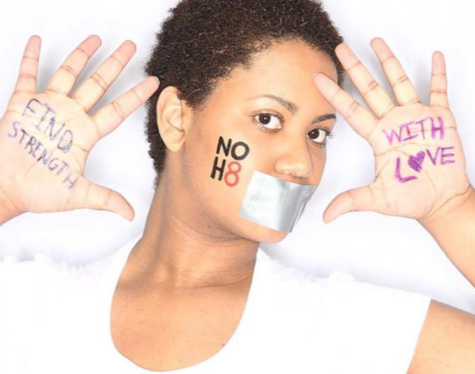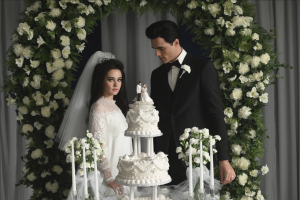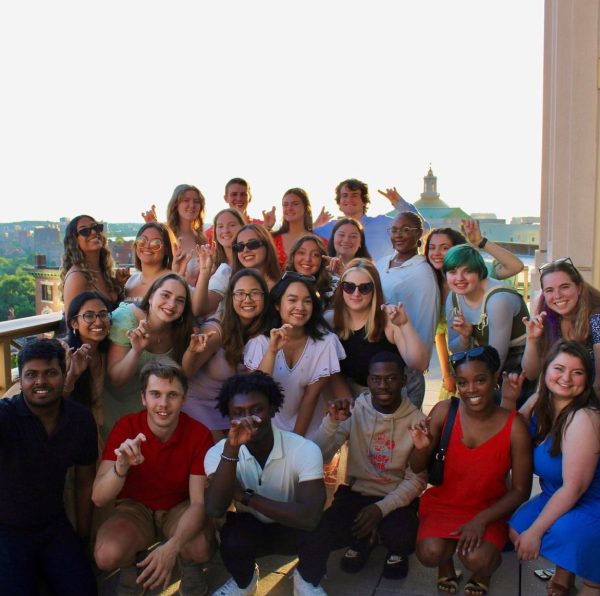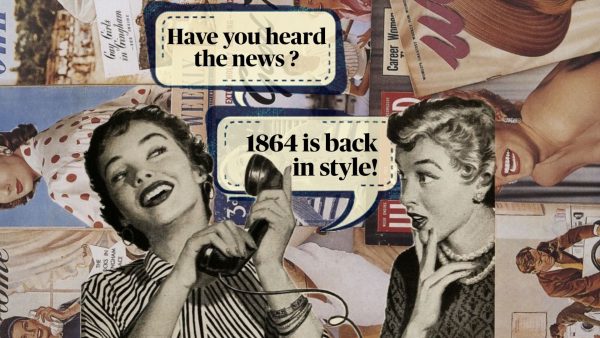Brand new bodacious Barbie dolls
Barbie’s embody empowering expectations
February 24, 2016
The first Barbie doll came out in 1959 and in many respects, she was the standard that every girl aspired to be like when she grew up. Yet, it took 57 years for Mattel to finally create a human-like doll that all young girls can actually relate to.
Mattel’s traditional Barbie is more than a doll; she’s a symbol that embodies the standards of society as a whole for young girls to achieve when they’re grown. Children play with Barbie dolls and their aspirations as to whom they dream of becoming and what they want to look like are influenced by her appearance.
However, many doll companies such as Lammily for the past few years has created dolls with different skin tones and realistic body features to display the right image of perfection for young girls. In response, Mattel is launching a new Barbie Fashionista line this March of, a more diverse cast of Barbie dolls in different sizes: tall, curvy, and petite, according to USA Today.
These dolls embrace girls and women from all different ethnic backgrounds and body shapes. The range in size and features is as absolutely beautiful and amazing as it is necessary, for they shatter the boundaries of beauty that have largely been set forth and is reinforced by Mattel’s traditional looking Barbie.
The classic Barbie’s features are largely unobtainable for many girls, particularly girls of color. Her Eurocentric features send the message to young girls that if they didn’t have these characteristics, their physical features or ethnicity has no importance in the doll industry. Barbie’s strong influence could easily have the potential to make any young girl of color think that her hair is inadequate compared to that of her Caucasian counterparts due to her hair’s curly or kinky pattern or that her skin is too dark to be beautiful.
What’s more, Barbie embodies what larger American society expects from young girls and tells them that they are expected to be perfect in every way, even to the point of it being unnatural. According to the Huffington Post, had Barbie been a real woman she would be 5’9” and weigh 110 lbs. In comparison, the average woman in the United States is 5’4” and around 166 lbs., said The LiveStrong Foundation.
There is danger in promoting a single image of beauty and casting out the ranges of identities that everyone holds.
This image of Barbie is anatomically unobtainable, making Barbie’s dream world a living nightmare for those who are not made of plastic. According to The Huffington Post, the real-life Barbie would not be able menstruate, thus not able to have children due to her unusual anorexic shape. In addition, she would also be forced to crawl due to having size 3 feet, making it somewhat of a challenge to walk the runway.
This absurd image is a form of sexualization of women and it aids in teaching young girls that only this type of body is what may be deemed as beautiful, and there are no other options outside of this image. This message to young girls has the potential to cripple them mentally for a lifetime.
This is probably one of the reasons why within the past few years, Mattel has started making dolls that celebrate other achievements and contributions that women make outside of their dream house, such as Barbie as a medical doctor.
True diversity helps wash away cultural ignorance and racial hatred and fills the world with love and acceptance. With that said, Mattel could stand to push the envelope even further by embracing others such as girls who are Muslim, a part of the LGBT community, and those who may have a disability. Mattel has yet to completely embrace everyone; however, they are finally off to a good start.

















